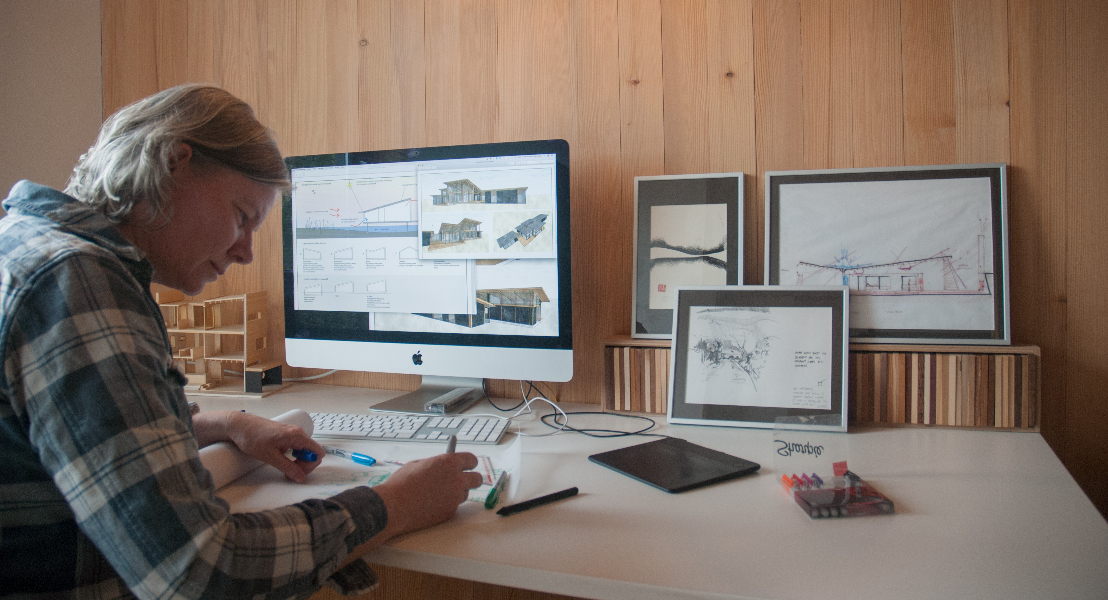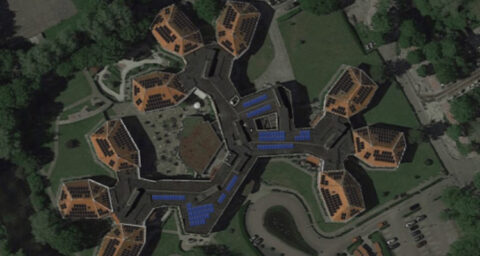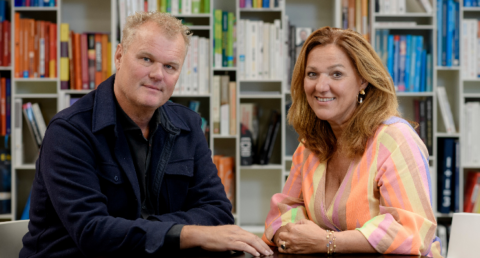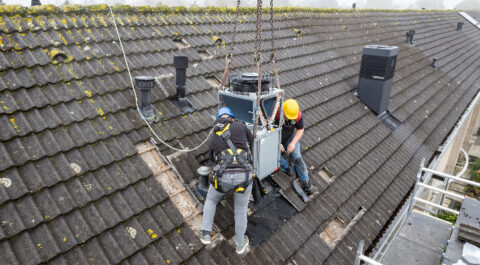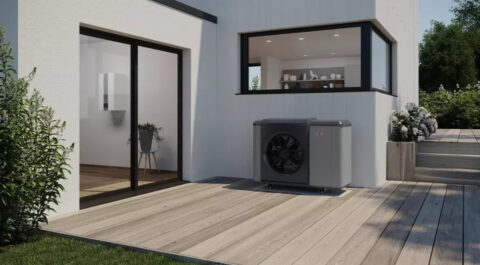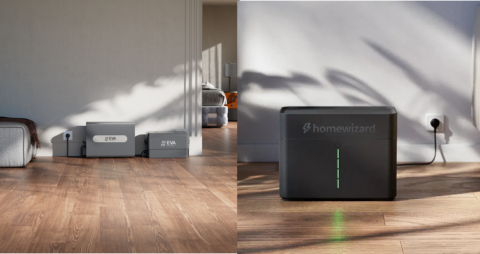From building biology, 25 guidelines have been established as a starting point for a healthy, natural, sustainable and beautiful living environment. These guidelines are divided into five main themes: indoor climate, building materials and furnishings, design and architecture, environment/energy/water, and eco-social living environment. Building biologist Nathalie Groot Kormelink explains the main theme of "building materials and furnishings" this time.
Nathalie Groot Kormelink begins by outlining a historical perspective. 'We used to build like animals did: with natural materials from the environment, simple, appropriate to the place where we lived. Until the industrial revolution came along and we suddenly had access to other materials such as steel and concrete. But the biggest change occurred in the middle of the last century when countless synthetic materials were introduced.'
120.000.000
It may be hard to imagine, but there are about 120 million synthetic substances/materials registered today and a few thousand more are added every day. About 350,000 substances are used in industrial production processes. Of most of these substances/materials, we do not know exactly what it does to health.
'So from biobased we made a switch to building with synthetic materials,' says Groot Kormelink. 'Many natural materials nowadays are hugely processed before use. It is actually quite crazy to shred wood first, then add all kinds of synthetic agents to it and then press it into sheet material. Building has become unnecessarily more expensive and complicated as a result. Many natural materials have fallen into oblivion. It's funny to see that attention is now being paid to them again. Think of insulation: that can be done with wool, flax, straw, hemp, cotton and other products that people used in the past. In traditional construction, insulation is often done with rigid boards made of Styrofoam, such as PIR or EPS. These do not breathe, they are made of fossil raw materials, and in case of fire they release toxic gases.'
Fire hazard
Building biologists are often asked about the fire safety of buildings that incorporate many natural building materials. About that, Groot Kormelink says: 'There are now many applications that achieve the correct fire safety class. After all, everything has to comply with the Buildings Decree, so applications with bio-based, natural materials are simply safe. Incidentally, it is important to also look at how a fire spreads: that is very often through furniture, carpeting or curtains that contain synthetic materials. Of course, the principles of building biology also apply to furnishings. There are many healthy choices to be made there as well.'
Testing and inspection
Groot Kormelink marvels that traditional construction often uses building materials whose effect on health is sometimes downright negative. 'Medicines are extensively tested before they become available to patients,' she says. 'Sometimes a period of ten years passes before it is actually released. With synthetic substances (used in building materials, among other things) it is the other way around, and it often takes a multiple of ten years before action is taken. PFAS has been known to be pathogenic for sixty years, and after seventy years it was finally confirmed that asbestos causes the lung disease asbestosis after which measures were taken. But why don't we examine in advance what is harmful and what is not? We spend an average of 22 hours indoors in the winter, surely you would say it is important for a home to be a healthy environment.'
Incidentally, greenwashing is also practiced in the world of biobased products, Groot Kormelink points out. 'Often something can already be called biobased if it consists of only a small percentage of natural materials. I don't think you can fool people. An 'inspection service of value' could perhaps provide clarity about the 'health' of a building material with a label. For example, there is already the Nature Plus label, the international quality mark for sustainable building products. To qualify for this label, you have to disclose all the components of a product, including the harmful components.'
Experiencing a building
Building materials affect the growth of fungi, bacteria and viruses. And they have an effect on how we experience a building: what do we see, hear, smell? Groot Kormelink himself lives in a wood-frame house with wooden interior walls. 'People who come here for the first time I sometimes see sneakily touch one of these walls: how does that feel? They wouldn't do that if we had stone interior walls here. How a building looks also influences the experience. Unfortunately, what we hardly see today is the traditional processing of materials. Everything has to be fast and functional. This has to do with costs: in the past, materials were expensive but labor was cheap. So it made sense to take the time to make something beautiful out of such an expensive material with a lot of love and attention. Hence masons made the most beautiful decorations in facades. Now it's the other way around. Labor is expensive, while products are manufactured cheaply somewhere in the world and after arriving here have to be processed as quickly as possible. Because storing something also costs money.'
Vapor permeable construction
'Building without considering ventilation is like running in a raincoat,' argues Groot Kormelink. 'It is very uncomfortable and not wise. Vapor-open construction is the best way, and natural building materials help with that. There has to be a good balance between thermal insulation and thermal storage. Natural insulation materials have that balance of their own very well, many times better even than synthetic insulation matirials, which can retain heat from inside, but cannot properly retain heat from outside.
'When a house is built, moisture is always created; with a traditional masonry house it is thousands of liters. If we look back for a moment: people used to know that this was not healthy either: a few hundred years ago rich people left their newly built country houses empty for the first one and a half to two years because of the moisture. It also happened that they temporarily let people live in them who themselves were not well off. Nowadays, newly built homes are dehumidified with huge construction dryers, and even then it is rarely completely dry upon completion.'
Awareness
Groot Kormelink recently started teaching students from the Academy of Architecture at Artez University of Applied Sciences in Arnhem. 'The first thing I asked them was: have you ever heard of building biology? Not one confirmed that. Well, when I studied at the Academy myself, I didn't know anything about it either. It wasn't until I started looking for answers to questions I was stuck with later in life that I came across building biology. I don't want to force anything on these young students, but I do want to show them what is there and how it can be done. Again, awareness is the first step. Thinking about alternatives, and looking more broadly.'

